A couple of years ago (yes, this has taken me a couple of years from idea to implementation) I was thinking of re-doing my bathroom and decided that I didn’t want a radiator on the wall anymore, so I started to investigate what other types of heating were available. There was under floor heating, in-wall heating, or infrared heating
All appeared to have their plus and minus points. My original intention was to eventually convert all the upstairs rooms to use whatever I decided to go with, and maybe even replace heating in the whole house. Idealy, I didn’t want to use the boiler (and therefore gas) as I didn’t want to rely on gas, and I can hear the boiler (even though it’s been replaced recently with a far quieter one) when it’s being used. The only noise I want in the house is noise I make (for) myself. TV, music, whatever. I don’t want a background hum of some device
I started looking at infrared heating. Everything I found was a ‘thing’ that you had to mount somewhere, losing precious wall or ceiling space – All the reading I did also stated that you shouldn’t have anything in front of the infrared heater, so that severly limits which walls are suitable to mount any heating to
Mounting something the ceiling seemed more viable, but all the heating options I saw were frankly ugly and intrusive. They were also set off the ceiling so they would be dust and condensation traps which didn’t sound like a great idea
After many fruitless searches, I finally came across a company called ASTECtherm who provide an infrared heating solution which you plaster in to the ceiling. I already had some great electricians from SolarOrb who had installed my solar panels and battery system. This solution seemed like a good option for me to try
After a lot of thought about if this is the solution I wanted, if I could justify the costs, and how/where I would get it installed (Thank you to Adam at ASTECtherm for putting up with me) I did decide to progress with the infrared heat mats, but not for my bathroom. Instead, I chose to get 2 rooms upstairs done rather than the bathroom
The install
From my point of view, the install was easy – I didn’t have to do anything! When the kit arrived, it came with the heat mats, thermostats, transformers, Heatmiser hub, and cabling.

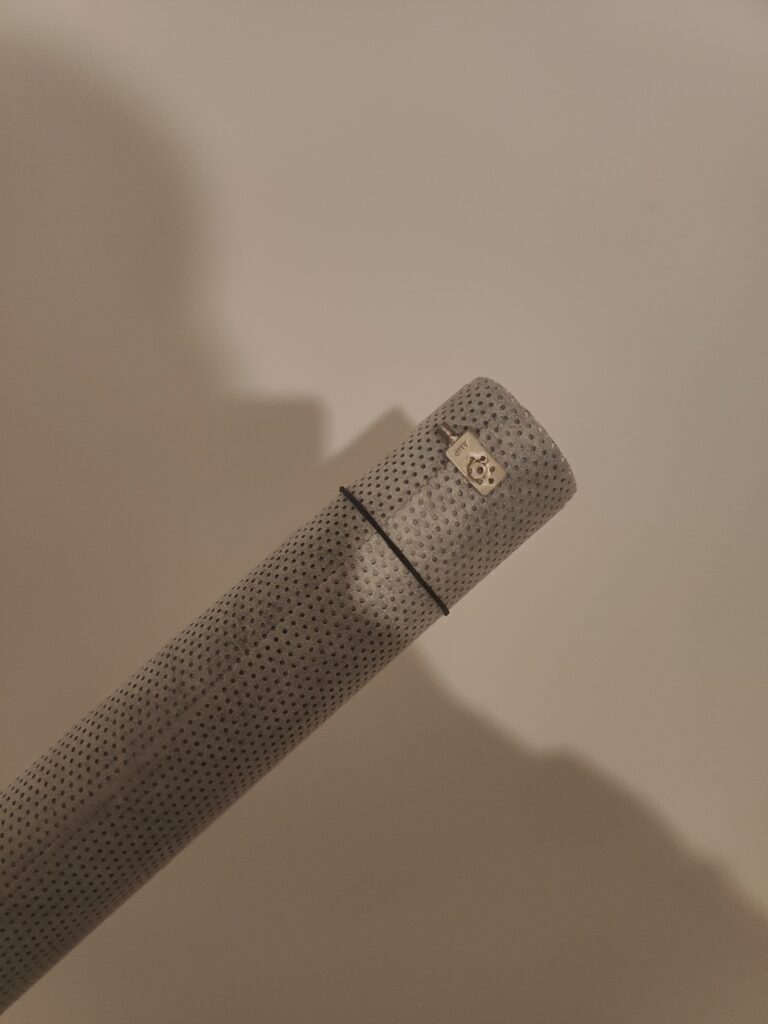
I needed 2 visits from a plasterer, firstly to do the over boarding with foil-backed plasterboard then secondly to plaster in the heat mats. In between, there would be a visit from SolarOrb to sort the electrics
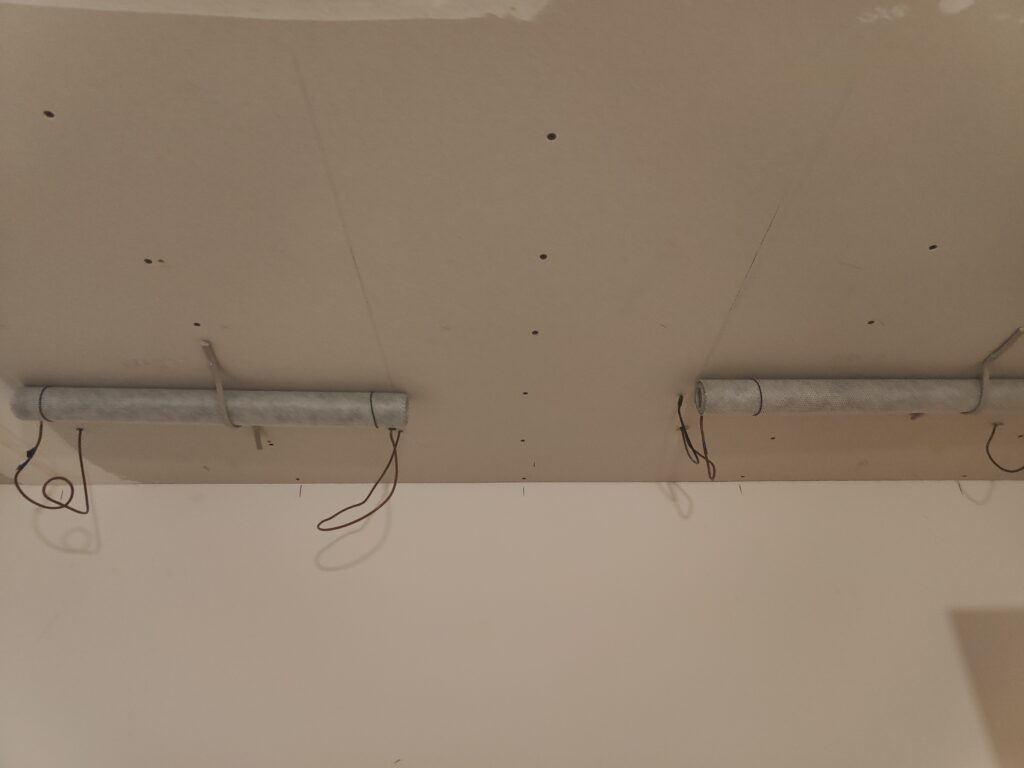
Once the electrical work had been done, the plasterer returned to plaster the heat mats in to the ceiling
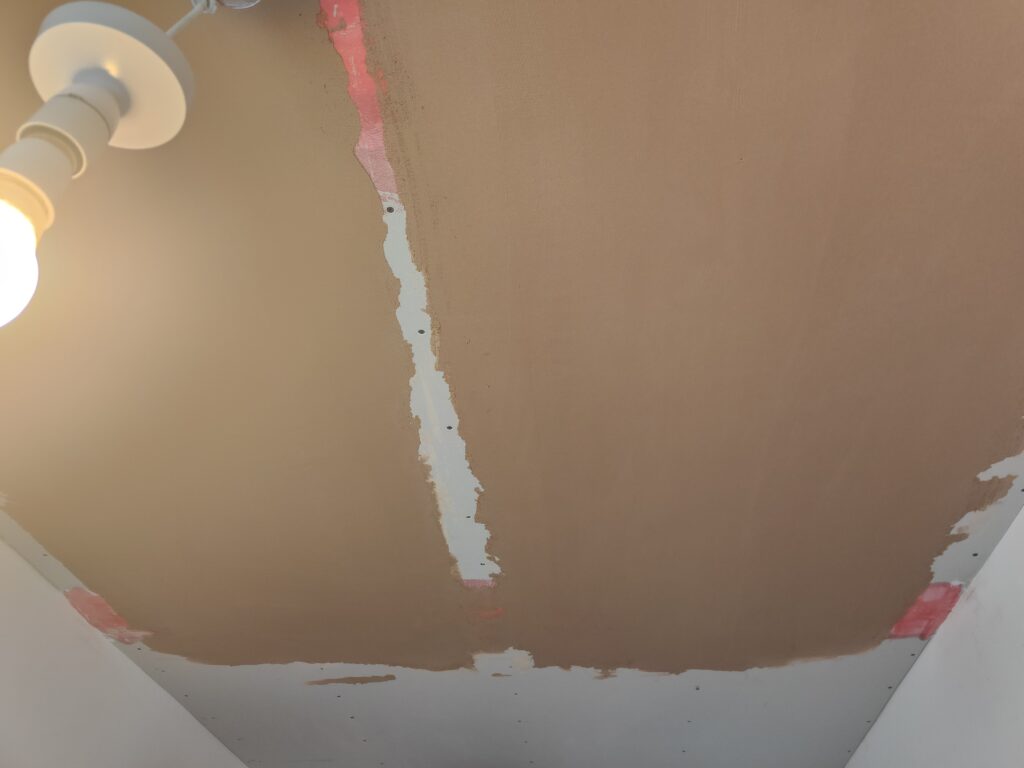
The good
Can’t hear it – I have Tado smart TRVs in the whole house. They are genuinely awesome and have saved me so much in heating bills over the years. A heating program for each room and geofencing so you’re not heating an empty house. What’s not to love? It’s fantastic. But I can hear when the boiler is running. I can hear water running around the radiators. And I can hear the TRVs when they adjust the temperature
Can’t see it – There’s nothing to look at. I have a ceiling which is providing heat to me and I don’t know about it. I don’t have to organise a room around the placement of a radiator, I can use the full room in any way I want to. This is a positive I’d not considered before the install
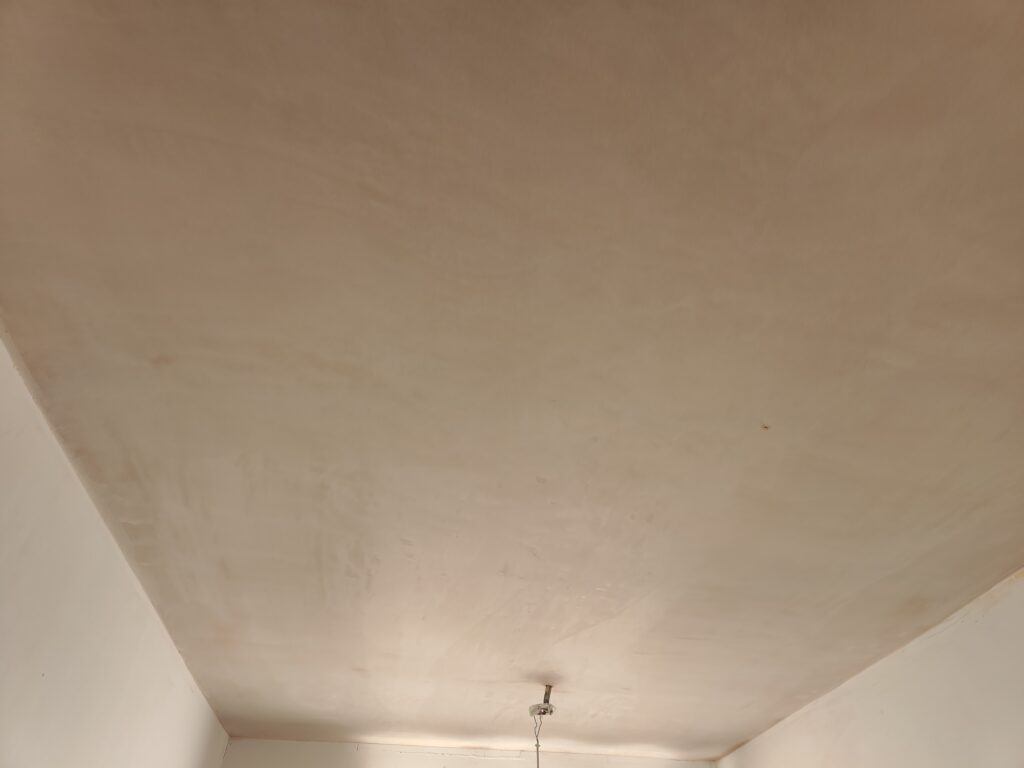
Can feel it – This is the whole point of heating, isn’t it? Now, I will say that the infrared heating was described as “like being in the sunlight” and that’s accurate. But I assumed the heat would be immediate and it isn’t. It has to warm the objects, and 800W mats aren’t quite as powerful as The Sun itself. The system will pre-heat, if you enable that option
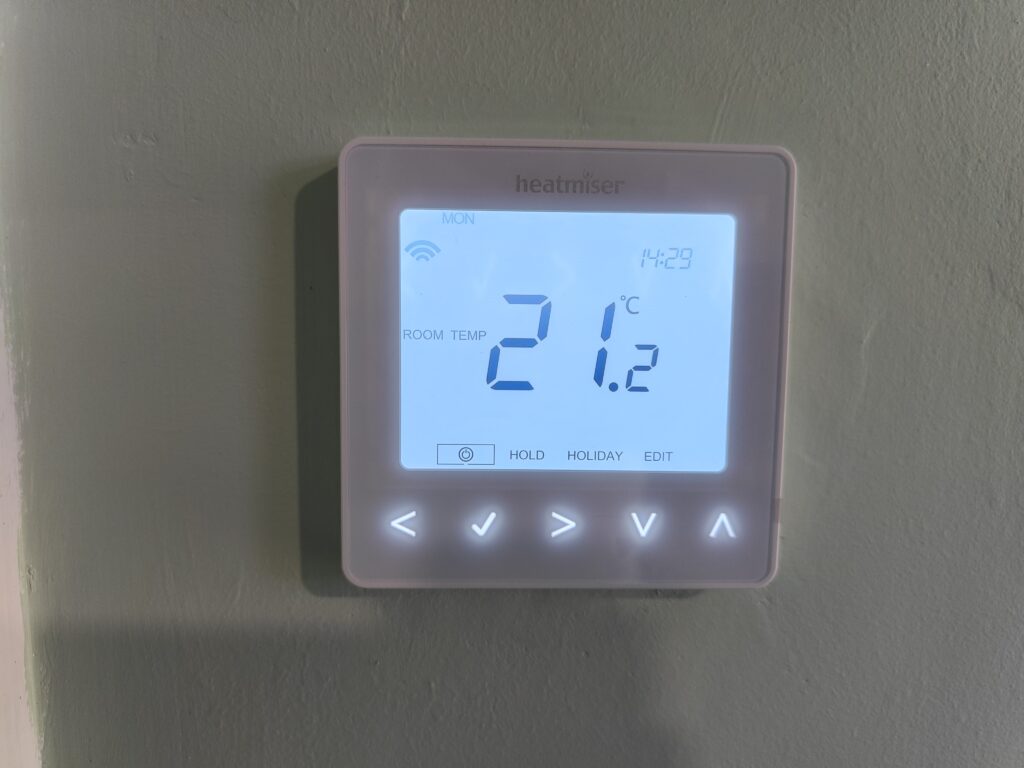
Costs – Running the infrared heating is ‘free’ so far as last year my solar panels generated more electricity than my house needed. We will see over the course of this year how the infrared heating impacts my bills
The bad
Costs – I hadn’t really thought it through before I committed. But I can’t hold that against the solution itself. There’s the cost of the mats, the thermostats, the hub, the transformers, the foil-backed plaster board, the plasterer, the electricians, and the paint. It really does all add up. If this were part of a larger project such as a house/room renovation, then the costs wouldn’t be as significant as you’d be doing a lot of the work anyway
Disruption – This isn’t the fault of the heating system at all. To empty out 2 rooms in to the rest of the house to allow for the work to take place was very disruptive, there’s no two ways about it. If this was done in conjunction with other work it wouldn’t have been such an issue I guess. If the house was larger, then I guess this would have been less disruptive too, as you’re working on a smaller percentage of the overall house
The ugly
The Heatmiser app – It really isn’t a good app. I’ve set things which don’t get saved, and generally it doesn’t work in the way I would expect. Maybe I’ve been spoiled with the Tado experience over the years. Some of the UX doesn’t feel very intuitive too
With the Heatmiser app, I open it then have to select ‘Home’. With Tado, I open the app and I’m in. It’s a stupid thing, but the extra click annoys me
When I went in to Settings -> Geolocation and enabled the out of home detection, the heat started while I was out of the house so the geolocation didn’t appear to be working. I missed that you don’t just set geolocation to be enabled, like you do with Tado, you have to also create a ‘recipe’ to be triggered when you leave and when you return. So, the Heatmiser app detected I was out of the house and then did absolutely nothing. Tado automatically calculates what kind of temperature to set the house to if I’m not there. I have now set out of house and return home recipes which are activated. This does work, but why have I been made to think about it?
Settings haven’t saved. I enabled pre-heating (‘Optimum Start’ in Heatmiser speak) and nothing happened. For some reason, enabling it didn’t save the setting. There is no save option in the app for this setting. You enable pre-heating or disable it. I enabled it, but the setting wasn’t applied. I enabled it for a second time and this time the setting stuck. No rhyme or reason
I originally planned to use the API to integrate Heatmiser with things like Home Assistant, and to pull out heating data. To get access to the API docs, you have to sign up to their developer portal. That’s absolutely fine, but there aren’t actually any docs as such. You have to hunt down a post from someone that points to an S3 hosted PDF which may or may not still exist
Understanding the API may well be a skill issue on my part. But compared to integrating with other vendors (e.g. Octopus), it’s painful. The developer portal also doesn’t seem very active – There are a few posts, but not many get much in the way of replies or a discussion
At the moment, I’m not going to be grabbing any heat data from Heatmiser at all. Which is a shame
If Tado were to release a thermostat that is compatiable with this solution, I would immediatly replace the Heatmiser thermostats I have
Would I do it again?
Yes? Maybe? – For me I think it makes sense in the main bedroom as well as the 2 rooms I already have it, as I would get silent heating (the TRV adjusting the temperature does wake me up, not because it’s particularly loud I’m just a light sleeper). But to get it done would be quite disruptive, so I wouldn’t do this in isolation
I think possibly this solution is better suited to larger and more modern houses than mine – The larger the house, the larger the solar array you can have installed to generate the ‘free’ electricity to use for heating. The more modern the house, the better insulated it will likely be so you’d be using less electric to heat the house too
My very first thought when I found this solution was that I’d have it all over the house and be able to stop using gas. I hadn’t considered the size and weight of the transformers
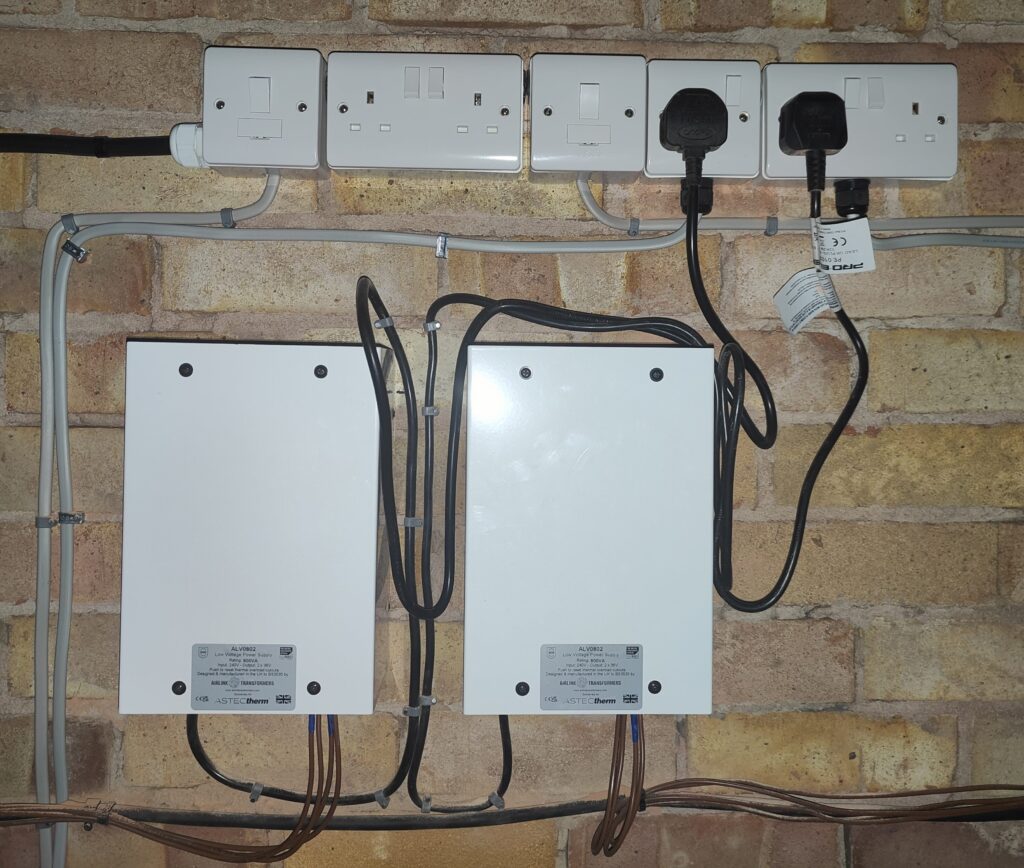
With the size and weight of the transformers, it’s unlikely they would be suitable to be housed in the ceiling of rooms downstairs. To have them in the loft to heat rooms downstairs seems impractical – How do you get the cable runs downstairs without trashing the rooms to get there? I’m sure there’s a way, but it’s not really worth me thinking too much about at this point
Would I recommend it?
Yes, but… – I’d say, be fully informed about all of the costs – It does add up. I wouldn’t recommend this system to anyone who doesn’t have solar panels. The simple fact is that the cheapest I can buy electricity is around £0.14/kWh and gas is £0.06/kWh